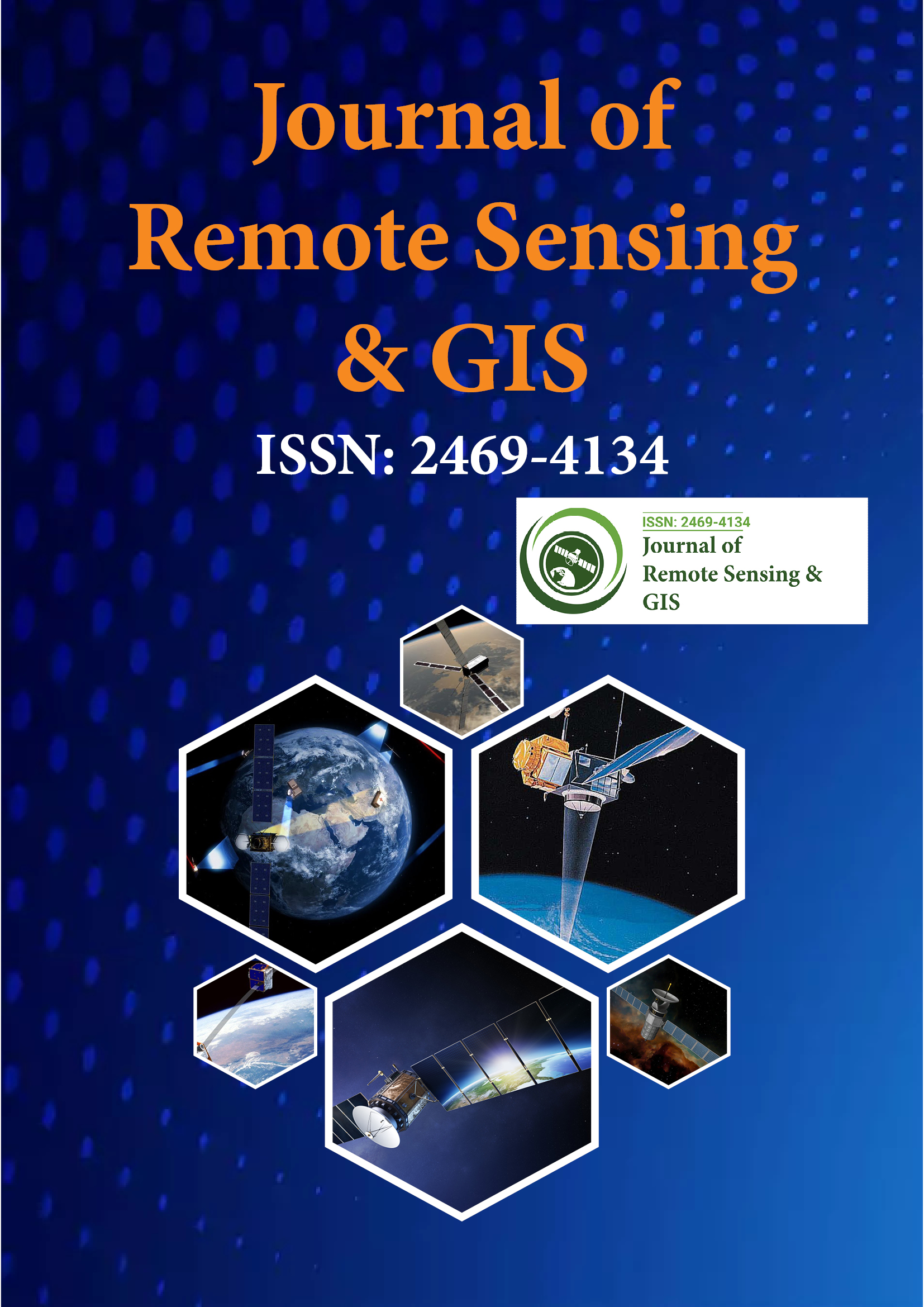Indexed In
- Open J Gate
- RefSeek
- Hamdard University
- EBSCO A-Z
- OCLC- WorldCat
- Publons
- International Scientific Indexing
- Euro Pub
- Google Scholar
Useful Links
Share This Page
Journal Flyer

Open Access Journals
- Agri and Aquaculture
- Biochemistry
- Bioinformatics & Systems Biology
- Business & Management
- Chemistry
- Clinical Sciences
- Engineering
- Food & Nutrition
- General Science
- Genetics & Molecular Biology
- Immunology & Microbiology
- Medical Sciences
- Neuroscience & Psychology
- Nursing & Health Care
- Pharmaceutical Sciences
Opinion Article - (2025) Volume 14, Issue 3
Geodynamics and Earthâs Structural Evolution: Understanding Mantle Convection, Plate Interactions and Crustal Deformation
Laura Finnegan*Received: 29-Aug-2025, Manuscript No. JGRS-25-30287; Editor assigned: 01-Sep-2025, Pre QC No. JGRS-25-30287 (PQ); Reviewed: 15-Sep-2025, QC No. JGRS-25-30287; Revised: 22-Sep-2025, Manuscript No. JGRS-25-30287 (R); Published: 30-Sep-2025, DOI: 10.35248/2469-4134.25.14.396
Description
Geodynamics studies the processes controlling the Earth's interior and surface evolution. Central to this field is the interaction between tectonic plates and mantle convection, which drives deformation, volcanism and seismic activity. Examining plate behaviour and mantle circulation allows researchers to predict geological events, locate resource-rich areas and understand Earth's structural evolution.
Mantle convection results from heat transfer within the Earth's interior. Hot, buoyant material rises toward the surface while cooler, denser regions sink, generating circulation patterns that influence lithospheric motion. This process creates stresses along plate boundaries, leading to earthquakes, mountain building and volcanic activity. Studying these dynamics involves integrating seismic data, laboratory experiments and computational simulations to model the behaviour of Earth's interior over time.
Plate tectonics illustrates how Earth's surface responds to internal forces. Convergent plate boundaries cause subduction, where one plate moves beneath another, producing deep ocean trenches, volcanic arcs and earthquakes. Divergent boundaries, such as mid-ocean ridges, generate new crust and create rift valleys. Transform faults, where plates slide horizontally, produce strike-slip earthquakes. Understanding these movements is crucial for mapping hazard zones and planning resilient infrastructure.
Geodynamic models also explore lithospheric flexure and stress distribution. Stress accumulation can lead to faulting, folding and subsidence, influencing topography and sedimentation patterns. High-resolution GPS monitoring and remote sensing data allow continuous observation of crustal deformation, offering insights into ongoing tectonic processes. Volcanism and hotspot activity are linked to mantle plumes that penetrate the lithosphere. Studying these features provides information about mantle composition, heat flow and the origin of volcanic islands. Combining geochemical analysis with geophysical imaging helps trace the pathways of mantle materials and their effects on surface geology.
Geodynamics, as the study of Earth's internal and surface processes, provides a critical framework for understanding how the planet behaves over time. By analyzing plate interactions, scientists can determine how stress accumulates along fault lines, how earthquakes are triggered and how volcanic activity is linked to the movement of tectonic plates. The patterns of these interactions offer valuable insights into areas that may be prone to seismic activity, helping governments and communities develop early warning systems, enforce building codes and implement risk reduction strategies. This approach also allows for the mapping of active fault zones and the prediction of longterm trends in seismic activity, which is vital for urban planning and infrastructure design in regions susceptible to earthquakes.
Mantle dynamics play a central role in geodynamics by influencing the movement of lithospheric plates and the formation of large-scale geological features such as mountain ranges, ocean basins and rift systems. Understanding how heat and material circulate within the mantle provides clues about the forces driving plate motions and crustal deformation. These insights are not only academically valuable but also have practical applications in resource exploration. For example, knowledge of mantle upwelling and plate interactions can guide the search for mineral deposits, hydrocarbon reservoirs and geothermal energy sources. By predicting where resources are likely to accumulate, geodynamic research reduces exploration costs and improves the efficiency of resource utilization.
Crustal deformation, another key focus of geodynamics, affects both natural hazards and human development. Observations of crustal folding, faulting and subsidence inform assessments of land stability and potential hazards, allowing engineers and planners to design infrastructure that can withstand environmental stresses. The integration of geophysical data, remote sensing and computational modeling enables researchers to simulate how deformation progresses over time, providing a predictive understanding of geological processes.
In addition to these applications, geodynamics contributes to environmental planning by identifying regions susceptible to erosion, landslides or flooding related to tectonic and topographic changes. Policymakers can use these insights to develop land-use regulations, conservation strategies and sustainable development plans that minimize environmental impact while supporting community growth.
geodynamics not only helps in assessing seismic hazards but also provides insight into volcanic activity, mountain building and oceanic crust formation. By combining field observations, geophysical measurements and computer simulations, scientists can model stress distribution, predict fault activity and estimate long-term geological changes. This knowledge supports the design of resilient infrastructure, guides sustainable extraction of minerals and energy resources and informs land-use planning in vulnerable regions. Furthermore, geodynamics contributes to understanding climate-related geological processes, such as erosion and sedimentation, offering a comprehensive view of Earth's changing surface. Integrating these insights enables societies to make informed decisions that balance human development with environmental preservation.
Citation: Finnegan L (2025). Geodynamics and Earth’s Structural Evolution: Understanding Mantle Convection, Plate Interactions and Crustal Deformation. J Remote Sens GIS.14:396.
Copyright: © 2025 Finnegan L. This is an open-access article distributed under the terms of the Creative Commons Attribution License, which permits unrestricted use, distribution and reproduction in any medium, provided the original author and source are credited.

